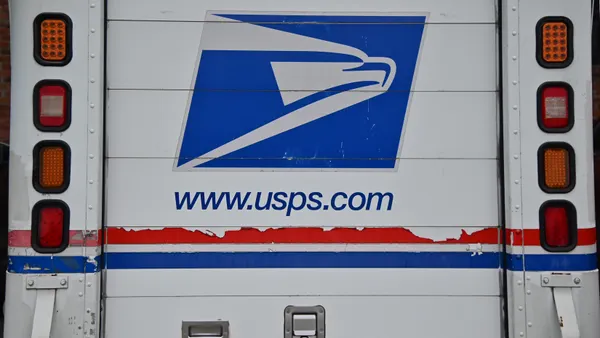Dive Brief:
- The U.S. Equal Employment Opportunity Commission (EEOC) opened its electronic filing system for EEO-1 Component 2 pay data on Monday.
- Employers with 100 or more employees and certain federal contractors have until Sept. 30, 2019, to submit the data, and the agency said on its website that a secure file upload function and validation process will be available mid-August. EEOC has contracted NORC at the University of Chicago, an independent social research organization, to collect the data. NORC staff are operating a help desk for filers as part of the collection.
- The reporting covers pay data reporting for both the 2017 and 2018 EEO-1 reporting periods, though employers can select their own workforce "snapshot" period from which to gather the data. The EEOC specified only that employers select one pay period from each calendar year between Oct. 1 and Dec. 31 of the respective year.
Dive Insight:
In previous interviews about Component 2 collection, sources told HR Dive that while the data collection isn't too complicated, not many employers were prepared at the time that the collection process was reinstated by a federal judge earlier in 2019. But employers have had a few months' notice since that time, and the path to getting the data collection process ready may be a simple matter of tracking it down from various internal systems.
Aside from the practical aspect of collecting the data, there is another concern for employers: whether it will be used against them to provide evidence of discrimination in some way, Brett Coburn, partner at Alston and Bird, told HR Dive in an interview. On the surface, however, it's not clear that the type of data being collected is all that useful, he said.
"Pay equity is a huge issue," Coburn said, "but I don't think it's going to be driven by EEO-1."
It's also unlikely that the EEOC would open an investigation into an employer on the basis of EEO-1 pay data in and of itself, Coburn said, because the agency very rarely investigates cases without first receiving a charge. A more likely scenario might be that an employer that is a federal contractor would be a target of an investigation by the Office of Federal Contract Compliance Programs (OFCCP), which could, in theory, be based in part on pay data. Even in this scenario, OFCCP would lack some of the granularity not offered by EEO-1 data, Coburn said, like information on particular workers' education, experience and job performance.
There are also concerns about whether the data could be made public. EEOC isn't allowed to make EEO-1 pay data public by rule of its Title VII statute, Coburn said, and the EEOC's pay data collection site states that certain exemptions to the Freedom of Information Act (FOIA) may protect disclosure of data collected in the process. The agency also stated on the site that NORC staff who have access to the data "are annually trained to maintain data security and confidentiality" and have signed non-disclosure agreements to that effect.













